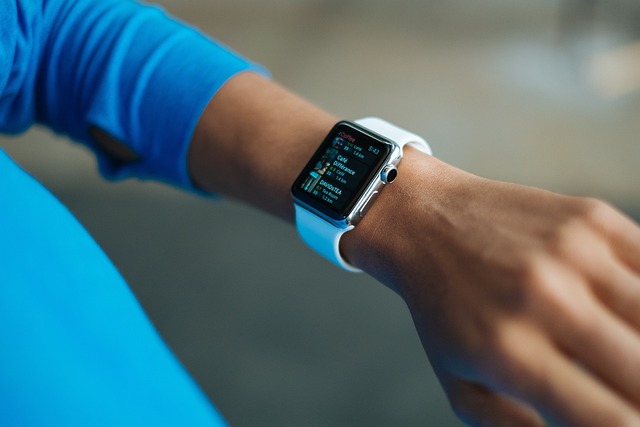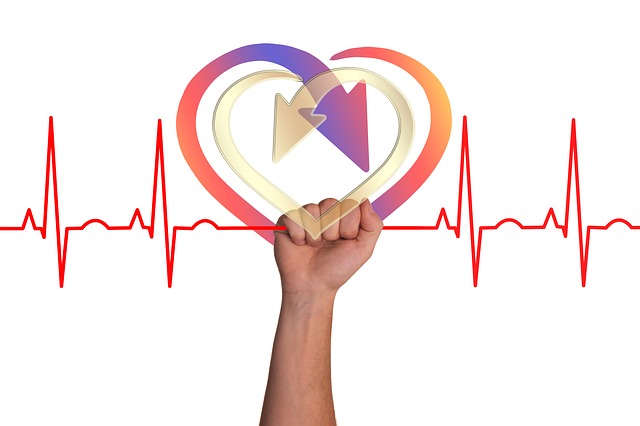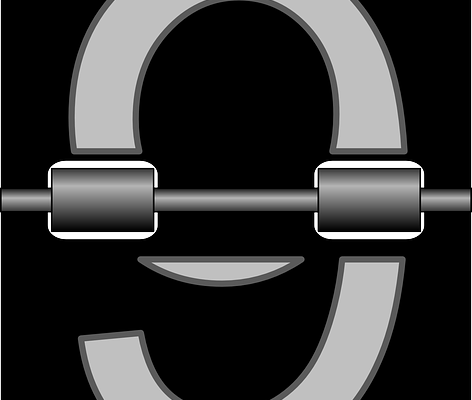Many people lead hectic lives and believe they need more time to exercise every day. If this describes you, you might be interested in micro exercises. Micro workouts are brief workouts that frequently include high-intensity exercises.
Despite their brief duration, these exercises are not meant to be easy. We’ll look at what micro workouts are and why they’re good for, and some short but effective exercises you can do in under 10 minutes.
What is Micro Workout?
If you are unable to complete full training sessions during the week, micro workouts may be the next best thing. Here are some of the benefits of adding micro workouts into your exercise routine.
Less time commitment is required
Committing to exercising for a set amount of time every week can be tough. Especially when you have other commitments, a lack of enthusiasm, or have a lack of energy. One study found that your level of commitment to exercise is closely related to your motivation and how you react to difficulties and potential failure. Physical activity and health specialists are struggling to establish situations in which people will continue to be physically active.

If you don’t have the time or enthusiasm to work out for an extended period of time, micro workouts are a good option. It is a minor time commitment, lasting approximately 10 to 30 minutes of your day. Many people spend far more time each day scrolling through social media, so it should be a reasonably straightforward time commitment.
Make Workout Scheduling Easier
It might be difficult to commit to the time required to exercise every day, or you might not have the energy or be in the mood for an hour or more of gym time. However, according to one study, incorporating short routine exercises into your schedule may be achievable.
All you have to do is include it in your daily routine. Walking your dog, using the stairs, parking further away from a location, or going for a stroll during your lunch break are all ways to squeeze some exercise into your routine.
Assist in Reinforcing Regular Workouts
Micro workouts do not need to be substituted for longer workouts. A micro fitness program can sometimes be a fantastic way to supplement your regular routines. According to some studies, adults need 150 minutes of aerobic exercise per week, at the least.
This means that if you complete two different one-hour workout sessions each week, you are not meeting the recommended weekly workout time. Going to the gym for 30 minutes may not be worth it.
If that is the case, mini-exercise could be good option. You could conduct a 30-minute micro workout at home or break it up into 10-minute workouts on three more days of the week.
The Advantages of Micro Workouts
Can a quick workout provide the same benefits as a longer, less frequent workout? You might be wondering if micro exercises can adequately substitute lengthier workouts and how they can benefit you. Here are some advantages.
Enhance Functional Strength
Micro exercises at high intensity have the ability to develop functional strength. According to OSR Physical Therapy, functional strength training consists of four essential components. Coordination, muscular contractions, movement speed, and range of motion are examples of these.

These four things comprise many of the essential functions performed by the normal adult. A study looked at the impact of 6-minute micro sessions of multi-joint functional high-intensity interval training, or functional HIIT training.
The results revealed an increase in functional strength after 4 weeks. More particular, performance in lateral jumping, sit-ups, and a 20-minute sprint imprint.
Improve Your Aerobic and Anaerobic Performance
A HIIT training study discovered that micro sessions could increase aerobic and anaerobic fitness. According to experts, aerobic exercise is sustainable, rhythmic, and involves the use of vast muscle groups. cycling, dancing, and hiking are all forms of aerobic exercise.
Anaerobic exercise is defined as being of short duration and reliant on inhaled oxygen. Sprinting, HIIT training, and lifting are examples of anaerobic exercises.
Prevent High Blood Pressure
A study on short bursts of moderate to vigorous-intensity physical activity discovered that they aid in avoiding hypertension. This suggests that high-intensity micro exercises may help guard against hypertension.

Your blood pressure fluctuates throughout the day but persistently excessive blood pressure might create health complications. Hypertension can lead to heart disease, heart attack, and stroke, so make sure you consult with your health care if your blood pressure runs high.
Under 10 Minute Workout Examples
Are you unsure where to begin? Here are a couple of 9-minute workouts recommended by some experts.
Strength Workout in 9 Minutes
If you want to work on your strength, you can do a short, full-body strength workout in just 9 minutes. Try this 3 movments for strength-training program.
- Do four pull-ups.
- Perform 6 push-ups.
- Perform ten squats.
Repeat each movement for a full 9 minutes.
A 9-minute ab workout
To tone your abs, do this 9-minute ab-focused workout.
- Do five jackknife
- Perform 10 plank rolls.
- 10 times of complete side plank jacks
Repeat each movement for a full 9 minutes.
Short cardio workout
Most people believe that in order to reap any benefits, you must engage in a lengthy cardio workout. There is evidence that even short cardio workouts at a moderate to fast tempo can have an effect. Try out this 9-minute cardio routine. Repeat these steps nine times.
- Use the exercise bike for 20 seconds at maximum effort, then rest for 40 seconds.
- Bodyweight burpees for 30 seconds on, 30 seconds off
To Conclude
If you have hypertension, cardiac issues, or health conditions, talk to your health provider before you start on any exerecise plan. Pay attention to their recommendations and any other information they may have.
If you need assistance creating a workout regimen or need alternative ways to perform specific exercises, speak with a personal trainer about the safest and most effective way for you to exercise. Stop exercisingIf you suffer any pain or discomfort, and seek assistance from a healthcare expert. Start slow if you are new at this type of workout and if you feel dizzy, stop working out and take a break.

